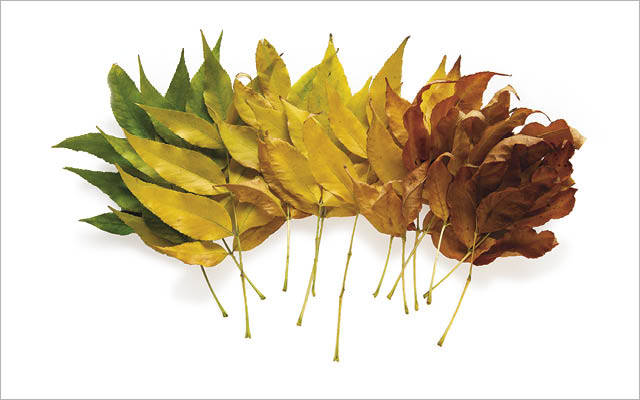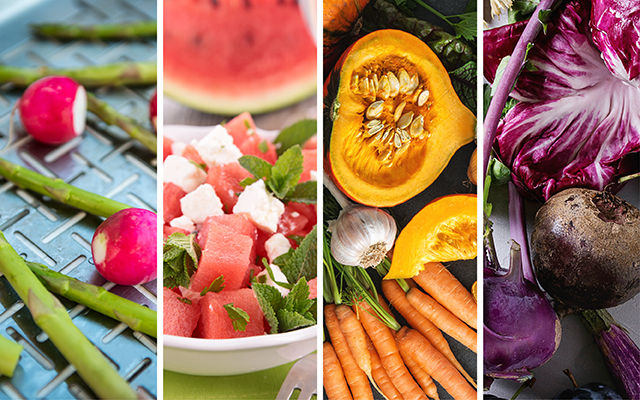Once upon a time, we humans all lived in agreement with nature’s seasonal cycles. Today? Not so much.
When we fail to make seasonally appropriate adjustments, both our physical and mental health suffer.
So in this installment of The Living Experiment, we explain the natural fluctuations your body experiences in keeping with the cycles of winter, spring, summer, and fall.
Dallas shares examples from his science-based model for eating, moving, and sleeping in accordance with the seasons (the inspiration for his forthcoming book!), and Pilar makes a case for adopting nature’s ebb-and-flow patterns — rather than accepting the nonstop madness of modern-day culture.
As always, we wrap up with experiments you can run in your own life.
Oscillation Benefits
- In our last column, “Pause,” we discussed how everything in nature (including our bodies) operates in recurring, oscillating cycles. This fluctuation occurs not just hour by hour and day by day, but also season by season.
- Over millions of years as hunter-gatherers, our human bodies developed DNA-encoded expectations and instructions based on seasonal patterns of dark and light, warmth and cold, activity and rest. But contemporary life often ignores these oscillating cycles in favor of an “always the same” experience.
- Thanks to electricity, artificial temperature controls, industrialized food systems, and standardized daily schedules, our life in winter isn’t all that different from our life in summer. We’ve been taught to believe that operating this way is more productive, comfortable, and convenient; in fact, it stresses our bodies, resulting in exhaustion, metabolic disturbance, inflammation, and system breakdown.
Seasonal Instructions
- Aligning with the seasons starts with understanding that each of them has unique qualities, mostly driven by shifting cycles of light and dark. Each season also has specific biochemical, metabolic, and psycho-emotional implications.
- Listening to your appetites and inclinations and paying attention to what is naturally available and accessible in your local environments are great ways to get into better sync with the seasons.
- During summer (longer days, shorter nights, lots of sunlight), we tend to crave more raw veggies and fresh fruits, which are naturally more abundant. We are more inclined toward longer-duration outdoor activities (like running, hiking, and biking). We tend to need less sleep and to be more social.
- During winter (shorter days, longer nights, less sunlight), our bodies desire heavier foods, rich in animal proteins and fat. We are inclined toward shorter-duration and indoor activities (like sprinting and weightlifting). We require more sleep for recovery and repair, and we tend toward more inward reflection.
Right-Now Wisdom
- Each season presents its own opportunities for healthy adjustments. Get a quick overview from Dallas’s Seasonal Model of Health, available as a downloadable PDF.
- For more in-depth information on each of the seasons, listen to the “Spring,” “Summer,” “Autumn,” and “Winter” episodes of The Living Experiment, all available in the archives at www.livingexperiment.com.
EXPERIMENTS
Pilar suggests:
In anticipation of the coming season, consider one simple, appealing change that you could begin making in your food, activity, or sleep program to bring it more in agreement with nature-based cycles.
Dallas suggests:
Assess whether your current activity program syncs well with your current dietary plan and sleep patterns. Look for potential seasonal mismatches. For example, are you eating a winterlike, low-carb paleo diet but doing a lot of summerlike endurance activities (or vice versa)? Are you exercising as if it’s winter but sleeping as if it’s summer? Make a season-guided shift and notice how your results change.




This Post Has 0 Comments